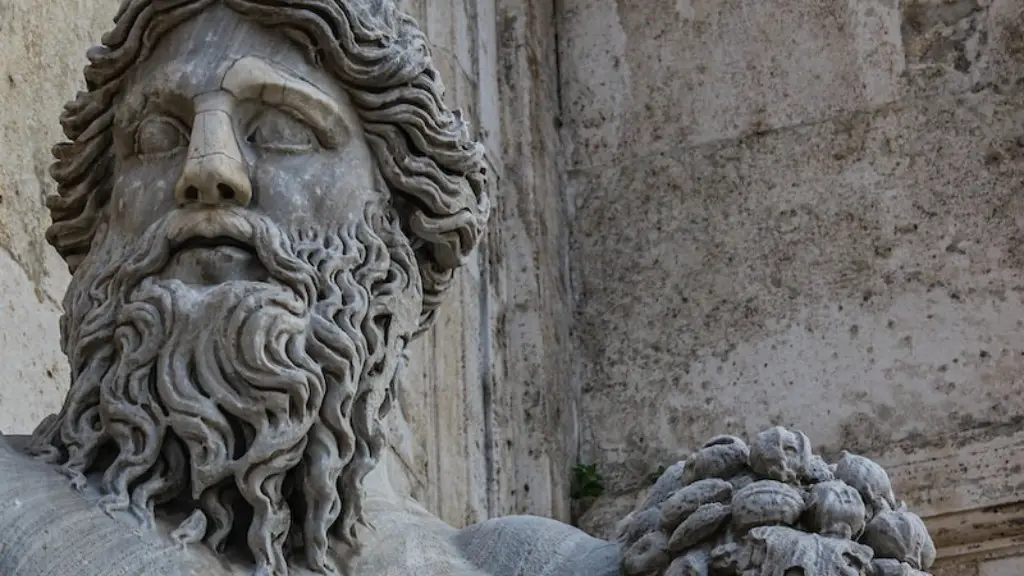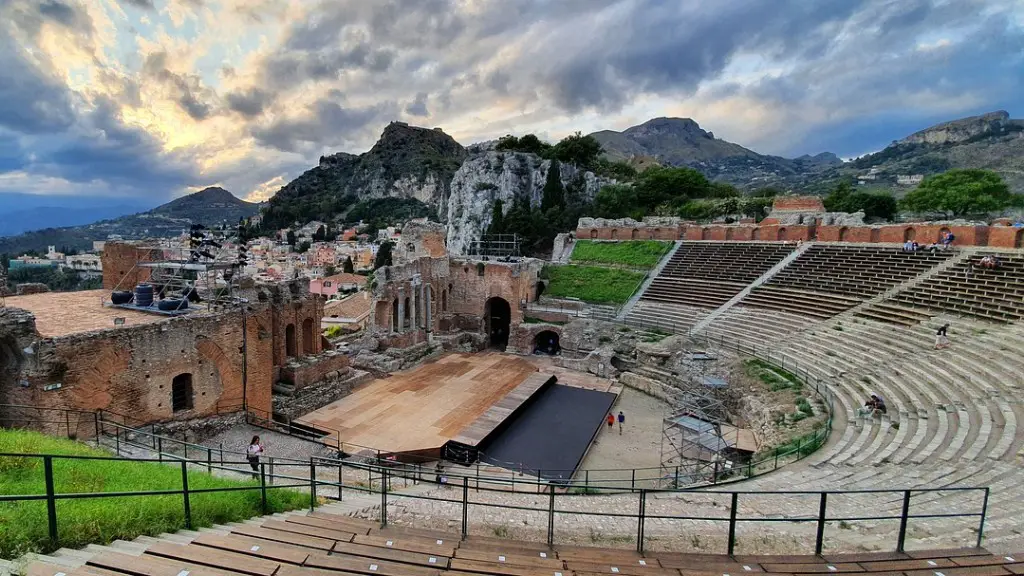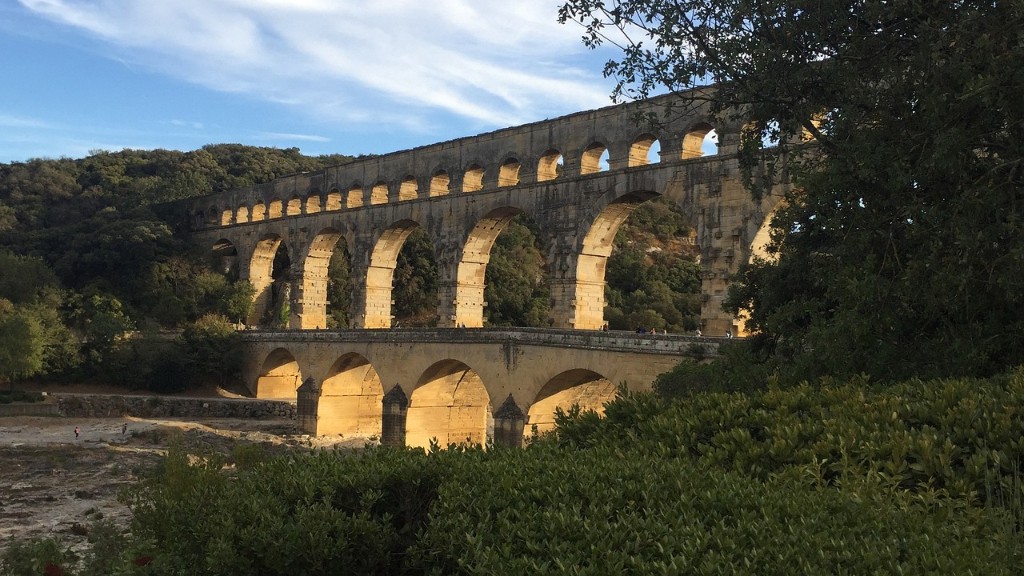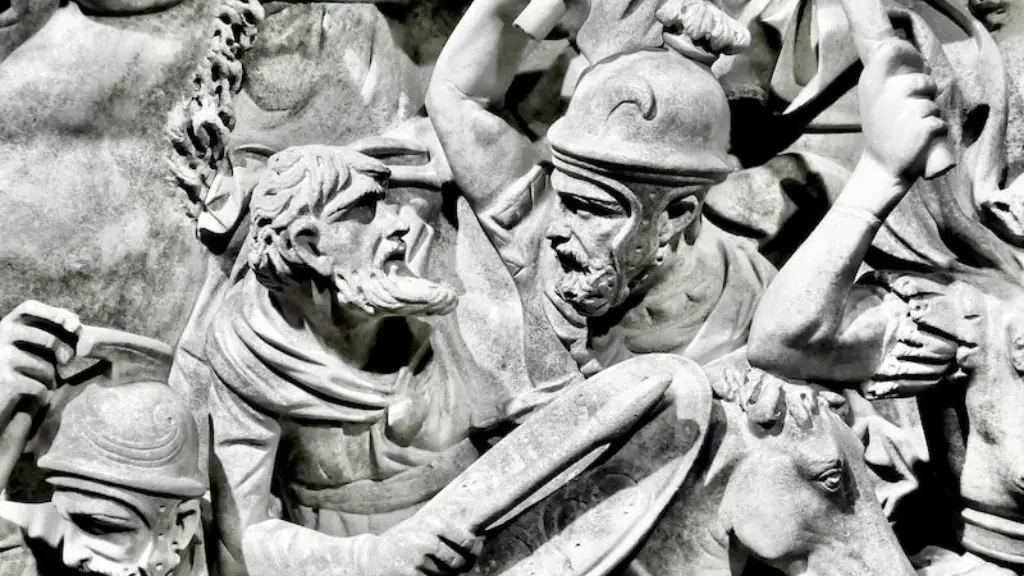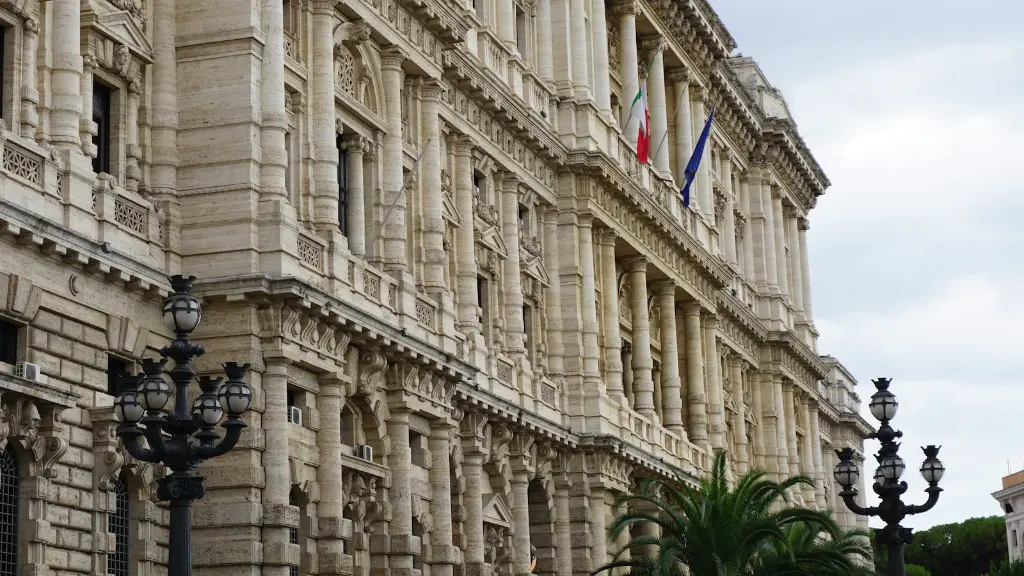The eruption of Mount Vesuvius in 79AD devastated the ancient Roman city of Pompeii and caused it to be buried in over 6 metres of debris. The remains of the city and its monuments have been preserved and serve as one of the best examples of a Roman town. Pompeii was once a thriving Roman city but what was its significance in ancient Rome?
Pompeii was founded in the 6th century BC and by the end of the 1st century BC it was a Roman colony and the residence of many patrician families. Its strategic location allowed for the protective walls to be built to sustain its strategic importance. The city’s patron deity was Venus, the goddess of love and beauty. Visits from important Roman officials signified its importance in Roman society, from Julius Caesar in 69 BC, who spent 1 night visiting Pompeii while on a voyage South, to Marcus Vipsanius Agrippa in 14 AD.
In the days of imperial Rome, Pompeii was a prosperous trading center with its own port near the mouth of the Sarno River. The nearby river provided a route to the nearby cities of Herculaneum, Stabiae, and Neapolis (modern-day Naples). The city was well connected to the other cities of the Roman Empire with its own network of roads. This flourished it to a significant level and made it a popular choice for the Romans. It was home to high Catholic and pagan religions, monuments, an amphitheater, and annual festivals to honor their gods.
A wide range of industries flourished in Pompeii, from stone quarrying, waterfront activities such as fishing, to land-based industries such as textile manufacturing and market stalls. Most of the industries were based on the local resources in the area, such as the nearby sea, olive oil and wine from the nearby fields, and vegetables from the nearby fields. This allowed for a range of people from different classes and backgrounds to prosper.
Art was highly valued in Pompeii and it is evident in the preserved villas, frescoes, sculptures, and mosaics. It is said that there was a great view of Mount Vesuvius from the city and it acted as a reminder of its volcano god, Aeolus. Despite the volcanic threat, popular events such as gladiatorial games, plays, chariot races, and public spectacles were held in the amphitheater.[1]
Overall, ancient Pompeii was an important city in Roman society as it was a powerful trading center and a cosmopolitan hotspot for a range of traders and craftsmen. These factors were combined with the city’s strategic location, its divine patron deity, and the numerous festivals and activities which demonstrated the importance of Pompeii in Roman society.
Protective Walls
The importance of Pompeii was not only evident in its economic and art-related activities, but in its fortifications. The walls were built to protect the city and to ensure the safety of the people living within it. The building of the walls is seen as a symbol of Roman power and can be traced back to the 4th century BC. The walls are believed to have formed a defensive line around the city, defending it from any potential attacks.
The walls that remain today stray intact from their original form and provide an insight into the grandeur of the ancient city. The thickness of the walls was impressive, measuring up to three meters, and built using large blocks of tuff, a type of volcanic material. This reinforced the walls and provided great protection to the city, highlighting the importance that the Roman Empire placed upon the city.
The city walls were equipped with 64 towers which could provide an extra defence and act as a patrimony. The towers were spaced apart in such a way that those standing at the gates could monitor the entrances and repel any invaders. There was also a higher wall, with an average height of 3 meters, built around the upper part of the city. The upper part of the city contained temples, shrines and more importantly, the homes of the Roman aristocracy. This further highlights the importance placed upon the city of Pompeii.
The gateways played an important role in the city, going far beyond just providing a physical defence. The gateways contained the names of Pompeii’s divine protectors, the goddesses Venus and Diana.[2] This was done to symbolise the reverence the city held for their guardian divinities and demonstrate the strong influence and power of Roman religion in the city.
The great walls around the city of Pompeii offer a stark reminder of the city’s importance to the Roman Empire. Built with impressive materials and precise detailing, the walls provide an insight into the grandeur of its past.
Urban Planning
The urban plan of Pompeii was well organised, as can be seen in the layout of the city. The city was divided up into nine large blocks, each containing a number of houses and courtyards. These blocks were surrounded by a rectangular grid of roads with wide pavements, which were well maintained during ancient times. The wider roads were mainly used for the transportation of goods, while the smaller roads were mainly used by pedestrians. This layout of the city provided improved accessibility and allowed for the citizens of Pompeii to lead a much more efficient and convenient life.
The streets were equipped with stepping stones which allowed for people to cross the roads even when it was wet. This was important as some of the streets were prone to flooding, particularly due to the drainage problems in the city. The houses followed a regular pattern and the city seemed to have been well planned with streets leading to the main buildings and public spaces, such as the amphitheater, theatres and temple.
The city was divided into different social classes and there exists evidence to indicate that the elite lived in better quality homes than those in the lower classes. These elite homes contained some of the most impressive frescoes, painted with vivid colors and depicting scenes from Roman mythology. This further highlights the importance of the city to the Roman aristocracy, as it allowed them to live a comfortable and privileged lifestyle and also demonstrate their wealth and accomplishments through the art they owned.
The clever urban planning in Pompeii provides an interesting insight into the sophisticated, organised and well thought out lifestyle of the people living there during the Roman Empire. The city, whilst now a ruin, still gives observers a glimpse into the day-to-day life of the inhabitants of the city.
Political Dynamics
Pompeii was a part of the Roman Empire and held a special status within it. It was nominated as a part of a ‘colony’ of Rome, meaning that it was a settlement with a special status and political ties. The city was responsible for itself and was allowed to conduct its own affairs and pursue its own laws and regulations. This type of freedom was enjoyed by only a handful of cities within the Roman Empire and this further highlights the importance of the city of Pompeii.
The city was managed by a council of wealthy citizens known as the decuriones. This council was directly elected by the Pompeian people and managed the city’s finances, cultural affairs, public works and other matters. The people who held this position of power were usually well off, often being members of the same family. This type of power structure was common in many Roman cities, providing a strong political system for the citizens and emphasizing the great power of the Roman Empire.
The city leaders and local magistrates also had a great influence in both the public and religious life of the city. Local magistrates were in charge of the yearly festivals, such as the festival of Venus and the annual Ludi Romani, where the citizens competed in various sporting events. This local power is evidence that the city was able to maintain its unique regional identity, even under the rule of Rome.
The political power held by the citizens of Pompeii is a good example of the type of power structure employed by the Roman Empire. The city itself is a testament to the power that was held by the regional cities and the importance placed upon them by the imperial government.
Social Villages
Pompeii sat by the coast of the Bay of Naples and was made up of a few smaller villages, each with its own distinct atmosphere and character. The villages were isolated from each other by a number of roads and there was a feeling of communal unity as the residents of each village gathered together in the same spaces. This unity seemed to be passed onto the Romans, with the villages having a strong connection to their own gods and goddesses.
The surrounding countryuside provided the villages with the agricultural production needed to sustain themselves, with the land being divided up into small plots owned by the local farmers. The agricultural production was sufficient to supply the city and the villages with the necessary food. The importance of the villages is highlighted by the fact that many of them still exist today, such as Stabiae and Herculaneum, as they were abandoned by their inhabitants when the eruption occurred.
The social villages of Pompeii gave the cities its unique regional character, with different customs and traditions being found in different villages. This sense of regionalism further demonstrates the power and influence of the Roman Empire over its many cities and provinces.]3
The importance of the villages of Pompeii is seen in their still existing existence today, a reminder of a once flourishing city and its people. The different characteristics and traditions of the villages provides an insight into the diversity of the Roman Empire and the great cultural influences that shaped its citizens.
The Eruption of Vesuvius
On the morning of 24 August 79 AD, the people of the city of Pompeii were awoken by a mighty explosion. Mount Vesuvius, located 8 miles away, had erupted with spectacular force. The blast threw hot ash and rocks into the city and caused an earthquake measuring 5.0 on the Richter scale.
The eruption lasted 18 hours and spewed 30 million tons of molten rock into the air. The molten rock was three times hotter than water and was able to reach temperatures of up to 1000 degrees Celsius. This engulfed the city of Pompeii and its people, killing over 2,000 people in its aftermath. Despite the eruption having been predicted by Pliny the Younger, it was still a shock to the people of Pompeii.
The city of Pompeii was buried in over 6 meters of ash and rock, which preserved much of the city and allowed for it to be excavated years later. The city and its monuments, along with the nearby towns of Herculaneum and Stabiae, serve as a reminder of the power and destruction of nature. This tragedy has provided modern scholars with a better understanding of the Ancient Roman World and its life before the eruption.
The eruption of Mount Vesuvius is seen as one of the most important natural disasters in recorded history. It caused the destruction of an entire city, yet it also provided a unique opportunity to study a Roman city that had survived the test of time.]4
The ruins of Pompeii offer an extraordinary insight into the life of the city before the eruption and have been carefully preserved for posterity. It is an important and powerful reminder of the catastrophic potential of nature and the fragility of life.
